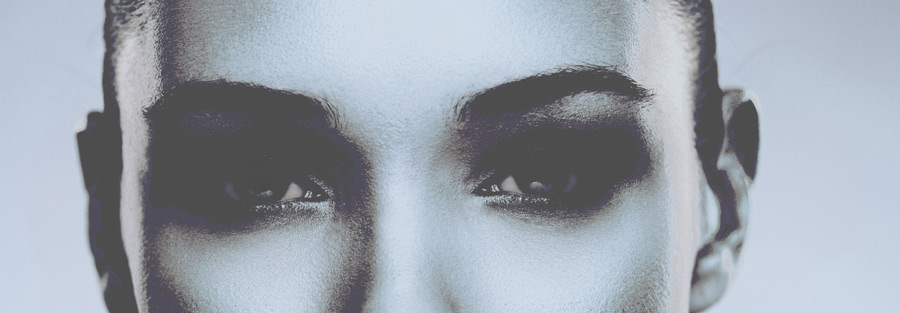Eye Drops
Over-the-counter eye drops have been used effectively to treat mild cases of dry eyes. Depending on your eye health and condition, consult your eye doctor as to which type of eye drops is best for you. Preservative eye drops (preservatives added to prolong shelf life) come in a bottle with a screw-on top for repeated use. While it is often cheaper to buy preservative eye drops, they may also cause eye irritation. Non-preservative eye drops come in single-use vials and you can use it more frequently as opposed to a maximum of four times a day for preservative eye drops. For more lasting relief, you may want to consider using ointment. They help to moisturize eyes more effectively but if you use it during the day, it may cloud your vision. As such, eye ointment is best used just before bedtime.
Medical Treatment
In some severe cases of dry eyes, the eye doctor may suggest closing your eye duct partially or fully to stop the tears from leaving the eye too quickly. You may call it a conservation effort. Tiny silicone plugs, known as punctual plugs are inserted into tear ducts. In some cases, doctors may prefer to use heat to seal the drainage area, effectively closing the tear duct. Known as thermal cautery, it is more permanent.
If you wear contact lenses, ask your doctor about special contact lenses such as bandage lenses or corneal shields. They help to reduce tear loss and keep moisture in.
Use these effective ways to keep dry eyes in check. To ensure your eyes are in optimal health, it is advisable to schedule regular eye checkups and seek help for any existing eye condition.



